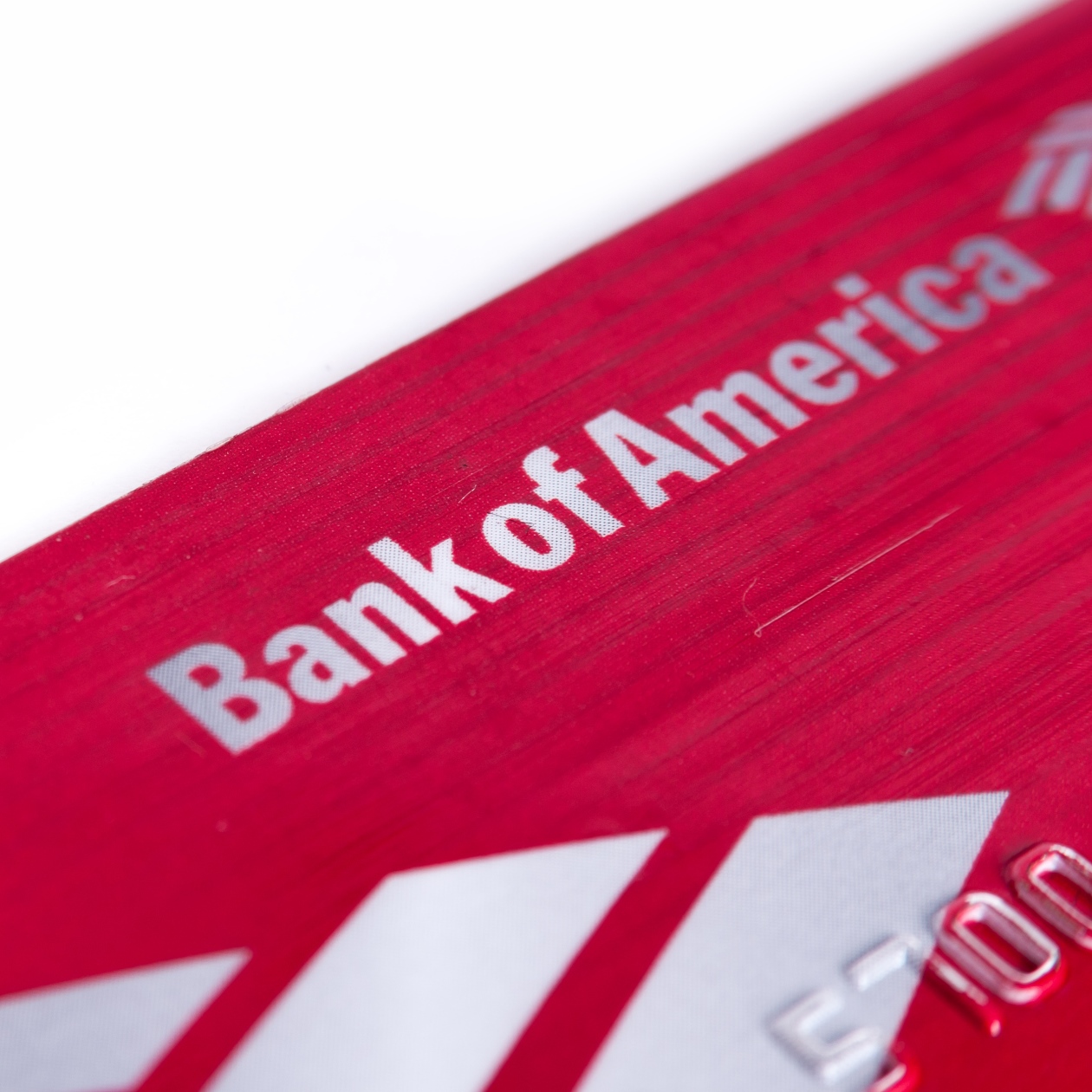
The recent $185 million fine assessed on Wells Fargo & Co. (NYSE: WFC) and the subsequent congressional hearings have deservedly put the big bank squarely in the media spotlight. But when it comes to the amount of fines Wells Fargo has paid and the number of consumer complaints against the bank, it is only the fifth-worst in the United States.
According to a report at ValuePenguin.com, Bank of America Corp. (NYSE: BAC) is the worst U.S. bank out of the 50 included in a recent analysis. It ranked 44th in number of consumer complaints, 48th in regulatory penalties and 34th in responsiveness to consumer issues.
Other banks that ranked worse than Wells Fargo are Barclays PLC (NYSE: BCS), HSBC Holdings PLC (NYSE: HSBC) and EverBank Financial Corp. (NYSE: EVER).
ValuePenguin used data collected by the Consumer Financial Protection Bureau (CFPB) to measure the number of complaints and a bank’s responsiveness to consumer issues. The best, in terms of number of complaints, were Raymond James Bank, Frost Bank, East West Bank and Rabobank, all with fewer than 100 complaints since the CFPB began collecting data in 2013.
The banks receiving the most complaints were Capital One Financial Inc. (NYSE: COF), with 17,177 complaints; Synchrony Financial (NYSE: SYF), 10,665 complaints; Barclays, 3,216; Discover, 5,365); and Santander, 4,524.
The most penalized banks for acts like mortgage abuses, credit card violations, bad securities and creating thousands of unwanted accounts were Bank of America, which has paid nearly $57 billion in fines, HSBC (just over $4 billion) and Barclays ($3.37 billion).
The nation’s largest banks are also the institutions that receive the most complaints. ValuePenguin lists the most penalized banks by state, and one of three big banks — Bank of America, Wells Fargo, and JPMorgan Chase & Co. (NYSE: JPM) — tops the list in all 50 states.
ValuePenguin also spoke to a few experts in banking and financial services. Jim Angleton of Aegis FinServ said that consumers who bank at small regional and community banks have a better chance of avoiding predatory practices, especially at banks with assets under $1.5 billion. And the larger banks? Angleton said:
The bigger ones, to a certain point are very gamy. Regulators are cautious when writing up bigger banks and citing violations. They know once they issue their exit memorandum and citations for violation of regs, policy and procedures … they could be sued, challenged by official filing of complaint plus objection to findings. They actually are much harsher upon the smaller bank than the big ones.
And if anyone complains about the CFPB overreaching its authority, the report notes that the agency has collected $11 billion in consumer relief in its first four years operation. Georgetown University law professor Adam Levitin said:
These recoveries are even more remarkable given that they include a period of time when the CFPB was still ramping up its staffing and finding its sea legs, and do not include pending actions. In contrast, all of the federal bank regulators combined—the Federal Reserve, FDIC, OCC, OTS, and NCUA—plus the Federal Trade Commission achieved less than a billion in consumer relief over the decade prior to the operation of the CFPB despite these agencies having the very same power as the CFPB to prohibit unsafe and deceptive acts and practices.
Methodology:
[ValuePenguin] examined the top 50 retail banks in the United States as measured by their assets. We excluded corporate banks from our listing. The banks were obtained using iBanknet.com. We then scored each bank according to three separate metrics, which we break down below.
Complaints: We looked at over 600,000 complaints dating back to December 2011. They were logged against a number of financial products, including mortgages, credit reporting and bank accounts and services. For example, some banks did not properly credit a mortgage payment, charging consumers a late fee. The CFPB would then track several additional factors – whether the company responded in a timely manner, what the bank’s response was, and whether the company responded in a timely manner.
Regulatory Violations & Penalties: This category allowed us to keep track of how effective banks are at sticking to laws and regulations – most of which are aimed at protecting consumer rights. In our overall ranking, we considered penalties per asset, to control for the size of the institutions. Regulatory are sometimes decided on by scope. Therefore, a large institution violating a law may get fined more because more consumers were affected.
Responsiveness: Finally, it was important to factor in the effectiveness of each institution’s responses to consumer issues. We looked at three factors for this metric: were the responses to complaints timely? Did the institution provide relief to the consumer (either through a refund or a non-monetary compensation)? Did the consumer dispute the bank’s response to the issue? Most institutions responded to complaints in a timely manner 97-99% of the time. Because of this, we put less weight on this factor than the other two.
Are You Still Paying With a Debit Card?
The average American spends $17,274 on debit cards a year, and it’s a HUGE mistake. First, debit cards don’t have the same fraud protections as credit cards. Once your money is gone, it’s gone. But more importantly you can actually get something back from this spending every time you swipe.
Issuers are handing out wild bonuses right now. With some you can earn up to 5% back on every purchase. That’s like getting a 5% discount on everything you buy!
Our top pick is kind of hard to imagine. Not only does it pay up to 5% back, it also includes a $200 cash back reward in the first six months, a 0% intro APR, and…. $0 annual fee. It’s quite literally free money for any one that uses a card regularly. Click here to learn more!
Flywheel Publishing has partnered with CardRatings to provide coverage of credit card products. Flywheel Publishing and CardRatings may receive a commission from card issuers.
Thank you for reading! Have some feedback for us?
Contact the 24/7 Wall St. editorial team.



